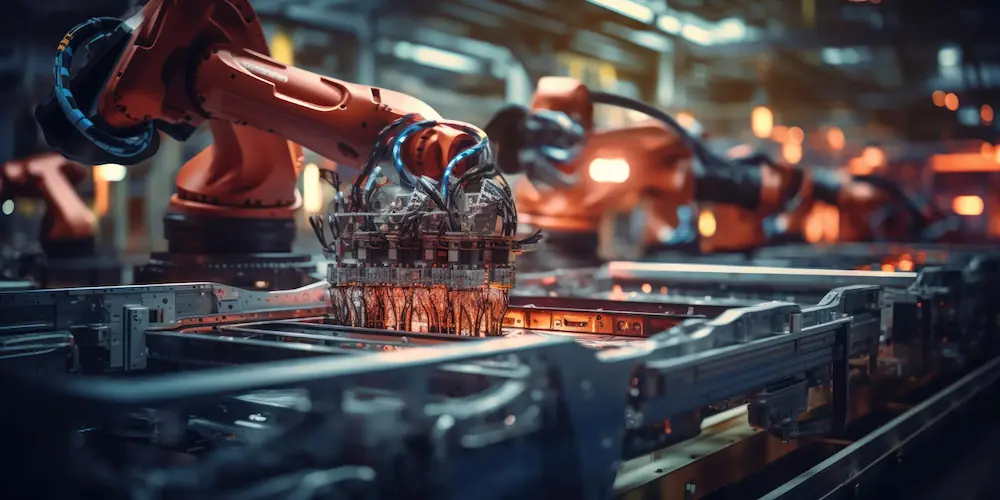Revolutionize Your Manufacturing Process with Robotic Welding

In today's rapidly evolving industrial landscape, the integration of advanced technologies has become essential. One of the most transformative innovations in this regard is robotic welding. Imagine a manufacturing process that is not only faster but also more precise, efficient, and safe. Welcome to the future of manufacturing.
What is Robotic Welding?
Robotic welding involves the use of programmable robots to automate the welding process. This technology combines the precision of robotics with the reliability of welding, resulting in high-quality welds with minimal human intervention. By leveraging advanced sensors and control systems, robotic welding ensures consistent results that meet stringent quality standards.
Key Benefits of Robotic Welding
Enhanced Precision and Consistency
Robotic welding systems are engineered to perform with unmatched precision. These robots can execute complex welds with exacting accuracy, ensuring every joint meets the required specifications. This level of precision reduces the risk of errors and defects, significantly enhancing the quality of the final product.
Increased Efficiency and Productivity
The speed and efficiency of robotic welding systems are unparalleled. Robots can work continuously without fatigue, maintaining a high level of productivity. This not only speeds up the manufacturing process but also allows for greater throughput, meeting increasing demands without compromising on quality.
Improved Safety and Reduced Risk
Welding is a hazardous task, often exposing workers to high levels of heat, fumes, and potential injuries. Robotic welding mitigates these risks by handling the most dangerous aspects of the process. This not only ensures the safety of human workers but also reduces the likelihood of accidents and associated costs.
Applications of Robotic Welding
Robotic welding is versatile and can be applied across various industries. From automotive manufacturing to aerospace, construction, and electronics, the technology adapts to different materials and complex assembly requirements. This flexibility makes it an invaluable asset in modern production environments.
Future Trends in Robotic Welding
As technology continues to advance, the capabilities of robotic welding systems are expected to expand. Future developments may include enhanced artificial intelligence for better decision-making, increased automation of welding processes, and integration with other advanced manufacturing technologies such as additive manufacturing and the Internet of Things (IoT).
Robotic welding is at the forefront of manufacturing innovation. By adopting this technology, industries can achieve unprecedented levels of precision, efficiency, and safety. As we move towards the factory of the future, embracing robotic automation in welding processes is not just an option—it is a necessity.Robotic welding represents a paradigm shift in the manufacturing sector, bringing about a new era of automated efficiency. Are you ready to revolutionize your manufacturing process with robotic welding? Explore the possibilities and stay ahead of the curve in the factory of the future.








